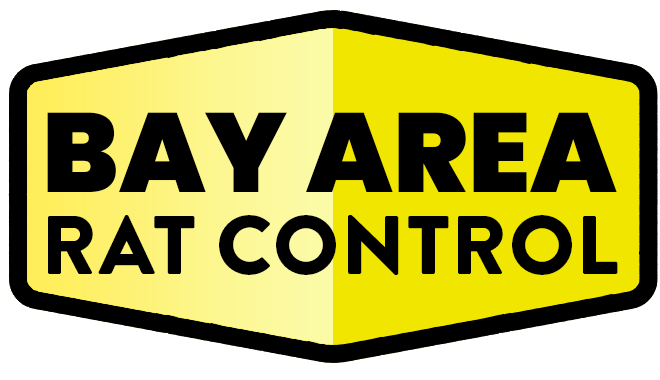Opening Thoughts
Dealing with a rat problem doesn’t always require purchasing expensive traps. With a few household items and some ingenuity, you can create effective DIY rat traps. This guide provides step-by-step instructions for building different types of traps, helping you manage infestations affordably and efficiently.
Why Build Your Own Rat Traps?
- Cost-Effective: DIY traps are made from inexpensive or readily available materials.
- Customizable: Adapt traps to suit your specific needs and infestation level.
- Eco-Friendly: Reduce waste by using recyclable or reusable materials.
Types of DIY Rat Traps
1. Bucket Trap
A simple yet effective trap that relies on bait and a bucket.
- Materials Needed:
- A large bucket (at least 5 gallons).
- A wooden dowel, metal rod, or wire.
- A plastic bottle or soda can.
- Peanut butter (for bait).
- Instructions:
- Drill holes on opposite sides of the bucket near the rim.
- Insert the dowel or rod through the holes and the plastic bottle or soda can, allowing it to spin freely.
- Spread peanut butter on the bottle or can to act as bait.
- Position a plank or piece of wood as a ramp leading to the bucket’s rim.
- Place the trap in an area with rat activity.
- How It Works:
- Rats climb the ramp to reach the bait.
- When they step onto the spinning bottle, they lose balance and fall into the bucket.
2. Cardboard Box Trap
A lightweight and humane trap for small-scale infestations.
- Materials Needed:
- A medium-sized cardboard box.
- A small stick or pencil.
- Bait (e.g., peanut butter, bread).
- Instructions:
- Prop one end of the box up with the stick or pencil.
- Place bait under the propped-up end of the box.
- Ensure the stick is positioned so that a rat’s movement will dislodge it.
- Place the trap in a quiet area.
- How It Works:
- The rat enters the box to retrieve the bait, knocking the stick away and trapping itself under the box.
3. PVC Pipe Trap
A reusable and effective trap that captures rats alive.
- Materials Needed:
- A piece of PVC pipe (at least 18 inches long).
- A wooden board or piece of cardboard.
- Tape or glue.
- Bait.
- Instructions:
- Secure one end of the PVC pipe to the wooden board or cardboard using tape or glue.
- Place bait at the far end of the pipe.
- Position the pipe so the open end is elevated above a bucket or drop-off.
- How It Works:
- The rat enters the pipe to reach the bait.
- The pipe tilts downward, and the rat slides into the bucket or drop-off.
Tips for Success
1. Choose the Right Location
- Place traps along walls, near entry points, or in areas with visible rat activity.
- Avoid high-traffic areas to prevent disturbance.
2. Use Attractive Bait
- Best Options: Peanut butter, nuts, seeds, or dried fruit.
- Rotate bait types if rats don’t respond initially.
3. Check Traps Regularly
- Inspect traps daily to reset them or remove captured rats.
- Avoid leaving dead rats in traps to prevent odors or contamination.
4. Prioritize Safety
- Wear gloves when handling traps to avoid contamination.
- Keep traps out of reach of children and pets.
When to Upgrade to Professional Solutions
- If DIY traps fail to reduce rat activity significantly.
- For large infestations that require advanced pest control measures.
- When structural vulnerabilities contribute to recurring infestations.
Final Thoughts
DIY rat traps are a cost-effective and customizable way to manage small to moderate infestations. By using common materials and following these step-by-step instructions, you can build traps that are both functional and humane. Combine these traps with preventive measures to keep your home rat-free.
Relevant Links/Sources:
DIY Rat Trap Ideas – PestWorld
Homemade Pest Control Solutions – EPA
Effective Rat Traps – CDC
